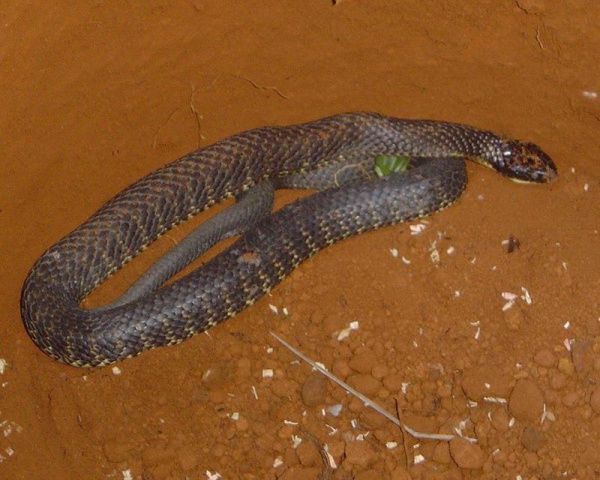Facts About Tiger snake
Tiger snakes are among the most venomous serpents in Australia, primarily found in the southern regions, including Tasmania. Belonging to the genus Notechis, these snakes are distinguished by their diverse coloration and regional varieties. Their venom not only makes them formidable predators but also poses a significant threat to humans. Typically nocturnal, tiger snakes can become defensive when they feel threatened.
In terms of reproduction, tiger snakes give birth to live young, with litter sizes usually ranging from 20 to 30, although larger litters have been documented. These snakes exhibit various forms, or morphs, depending on their location. Notable morphs include the common tiger snake, western tiger snake, Chappell Island tiger snake, King Island tiger snake, Tasmanian tiger snake, Peninsula tiger snake, and the subspecies Notechis ater ater.
Tiger snakes thrive in coastal areas, wetlands, and near creeks, where they establish their territories. They are widespread across southern Australia, including regions such as Western Australia, South Australia, Tasmania, Victoria, and New South Wales. In many Australian states, tiger snakes are protected by law, and harming them can result in fines or even imprisonment.
The venom of tiger snakes is particularly potent, containing neurotoxins, coagulants, and myotoxins, which can render their bites lethal to humans. If bitten, immediate treatment involves applying the pressure immobilization method and administering antivenom. Despite their dangerous reputation, tiger snakes play a crucial role in the ecosystem and contribute significantly to Australia's biodiversity.
